Are you for real?
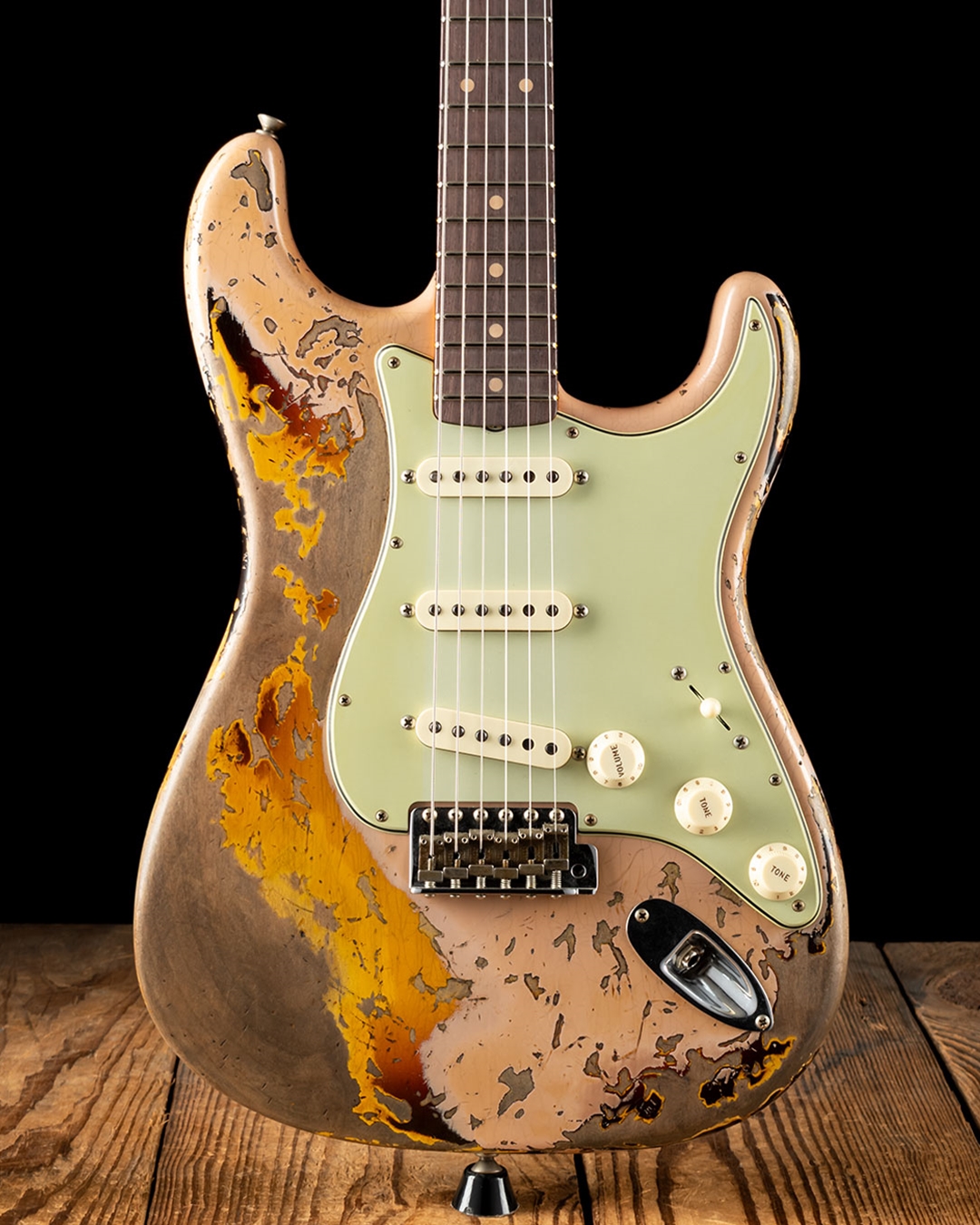
I saw a thing about hipsters a while ago. It looked at other subcultures and noted how hipsterism was unique as it didn’t have any socio-political alliance. The greasers rebelled against their straight-laced parents, hippies had the bomb, punks had capitalism, so on. But hipsters? They just want to be unique. There are some vague connections to liberalism, environmentalism, healthy eating and a hazy sense of authenticity – but the core is uniqueness. The carefully planned sleeve of tattoos, the terribly quirky upturned moustache, the special coffee beans, the one-off bit of vintage furniture, and now the growing mass of Millennial offspring named Juniper or Salinger or some such.
Tim and I were talking this week about how almost twenty years ago, when Facebook was new and interesting, we would post the most inane guff without a second thought. In those days, the little status update box didn’t say “what’s on your mind?”, it said: “Rebecca is…” and you filled in the blank. In this prehistoric time before influencers and curated social media aesthetics, it was like Eden before the fall. It was all “Tim is… eating a sandwich” and “Rebecca is… going to Tesco even though she should be revising.” That was normal. There was no sense that you needed to carefully sort and edit your thoughts or your Friday night club photos before bulk-uploading them to Facebook. We were so innocent. But slowly, personalities started to emerge and we had our first internet-made celebrities. Millennial minds realised that to get ahead in this digital world, we needed something different – we needed to be unique. Every single one of us.
And so, with this in mind, let’s get on with this month’s carefully curated and unique edition…
On not getting the joke
A friend and I exchanged a mutual eye-roll at the threadbare attempts at gotcha-jokes that brands feel obligated to make every April 1st.
On Twitter (“X”, if we must), chief loose cannon Elon Musk Tweeted that he would be joining Disney as their Diversity Equality and Inclusion Officer to “make their content more woke”. Ho ho! Good one Elon. And on the platform channel, a message saying all DMs and drafts will be made public to further “transparency”. Gosh, we’re all positively wheezing.
I wonder what goes on in those boardrooms when they decide to create a spoof “chicken and rice flavour” energy drink post, or to pretend to separate the cream from the biscuit bit of Oreo’s? Much hearty thigh-slapping, presumably.
Was it funny once? Perhaps in the heady days of “Rebecca is…” status updates and bulk-dumping photos. But times change. What seemed fun and unlikely in the noughties – ideas dreamt up by twenty-something advertising juniors who wanted to challenge the professional exterior of branded content – seems stale and predictable today.

Before 2016, the term “fake news” wasn’t really in common parlance. After Trump’s election in 2016 the search volume for the term spiked, hitting a high point in 2020, and so it continues. Deep faking, AI voice-mimic scams and machine-generated images mean trust is lower than ever. Only last week, comedian Joe Lycett revealed that he managed to get four completely fabricated stories published in mainstream press (one was even on Sky News which has a “why you can trust us” page all about their high standards of fact-checking).
April Fools’ jokes don’t work anymore because we’ve become distrustful of everything. The ha-ha-gotcha doesn’t land well on the back of an already suspicious public. We don’t want brands showing us that they can easily mislead us, we don’t like to see how easy it is to create false imagery or that what should be a point of authority is so flippantly abused.
And beyond that, it’s usually agonisingly not-funny. If brands were producing world-class jokes perhaps we’d feel differently, but the reality is waking up on the first of April to a barrage of thinly veiled “jokes”. In other words: silence, brand!
Fake it til you make it
There’s a continuing trend towards experiences that we like to call real. It’s a nostalgia-laced reaction to living through a time of fast fashion, airbrushing and pre-fab pop. We magnetise to authentic stories that connect us with something deeper, to remove us from the cheapness and replicability of the brand new. To help us in our quest to feel special and different.
Or so we think. But where there’s a desire or need, there is also a marketing script. One that says you can buy the feeling now, for less.
There’s long been a ravenous market for vintage guitars. Early examples of models by the two largest guitar manufacturers – Gibson and Fender – are sought after by collectors and sold at eye-watering prices. What started in the 1970s as players looking for better quality instruments has snowballed into an antiques market that fetishises patina.
Today, Gibson and Fender are producing ‘vintaged’ guitars – brand new instruments are scuffed and chipped in the factory to mimic natural wear from decades of playing. In this world, ‘distressed’ is a positive. But what’s the pleasure of patina if it’s faked? Perhaps to an onlooker the artificial wear is as real as the provenance it’s trying to mimic. So is that what’s really important to us?
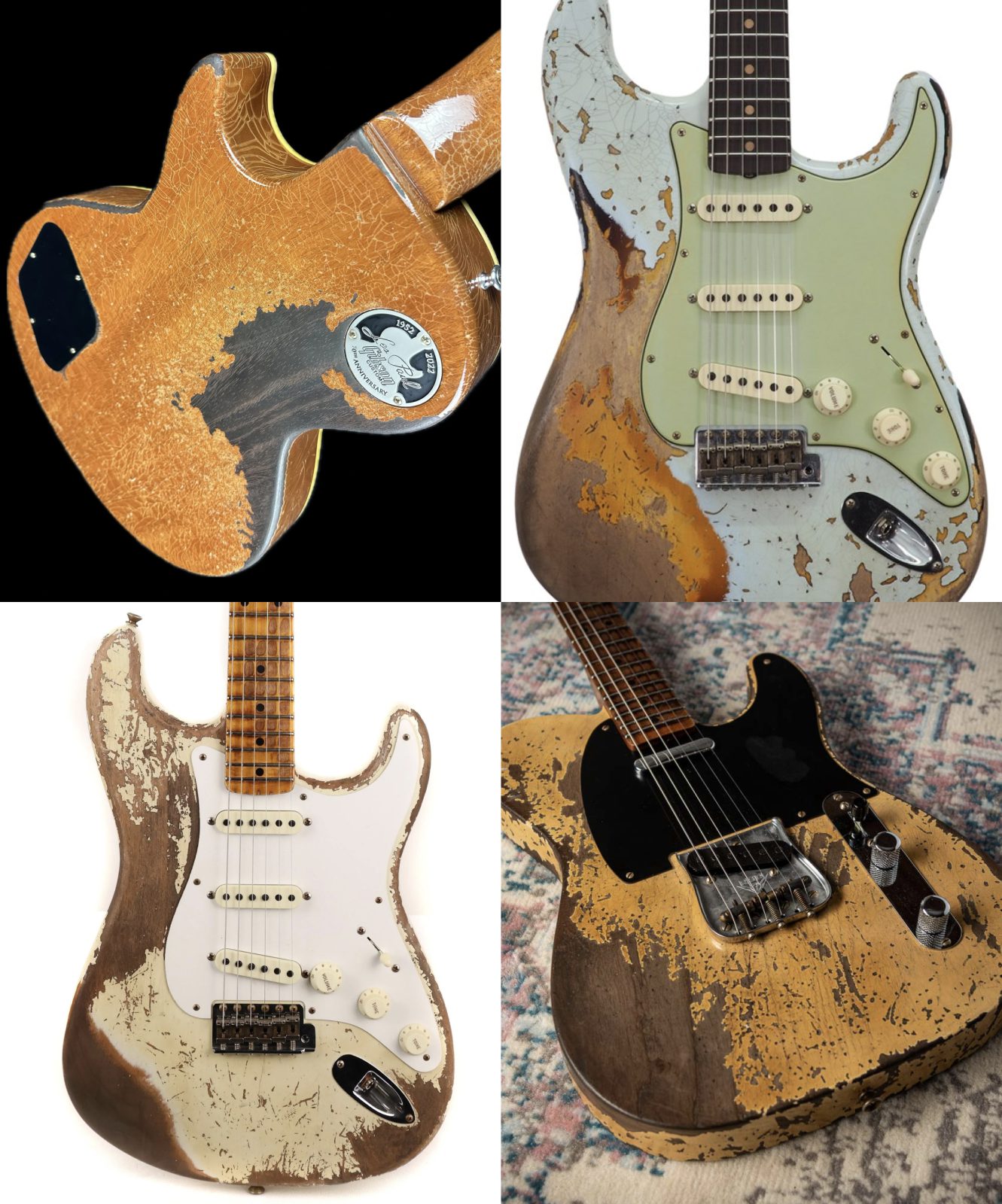
Similarly, in cinema, swathes of films are sticking it to the [CGI] man and going out on a limb to film scenes the old fashioned way – with no computer generated help. These “real” scenes are key to marketing the films: experience unbelievable scenes! That really happened! Only… they didn’t. CGI is so good now that “no CGI” really means invisible CGI.
Take the latest Top Gun. Tom Cruise said in various interviews that there’s “no CGI in the jets”’. Yet with 400 people working on the film’s visual effects, almost every plane in the entire film was superimposed. Not only that, and to compound the point, many of the planes in the film were not even airworthy, so there was no way to use them if they wanted to.

It’s not necessarily that we want to believe everything we see, but that we want to believe that things are still worthwhile, and fakery teaches us that perhaps it’s not. I want people to fly real planes in order to make better movies. I want guitarists to play their guitars ragged. I want for human-made things to feel human, because if machines can simulate that – what’s left for us?
A Dream Within a Dream
– Edgar Allan Poe
Take this kiss upon the brow!
And, in parting from you now,
Thus much let me avow —
You are not wrong, who deem
That my days have been a dream;
Yet if hope has flown away
In a night, or in a day,
In a vision, or in none,
Is it therefore the less gone?
All that we see or seem
Is but a dream within a dream.I stand amid the roar
Of a surf-tormented shore,
And I hold within my hand
Grains of the golden sand —
How few! yet how they creep
Through my fingers to the deep,
While I weep — while I weep!
O God! Can I not grasp
Them with a tighter clasp?
O God! can I not save
One from the pitiless wave?
Is all that we see or seem
But a dream within a dream?
—
Need more? Sign up to Secret Postcard or watch us sing a new song.
May you be well, happy, whole, and free.
T & B
~~~~~~
Invite your friends to subscribe!
![]() Unlikely meeting points & unlikely collaborations 🌗
Unlikely meeting points & unlikely collaborations 🌗![]() Sit in the middle of things 🧘♀️🪻
Sit in the middle of things 🧘♀️🪻![]() 5 things I learned at a Buddhist monastery
5 things I learned at a Buddhist monastery![]() 6 good things to do
6 good things to do![]() Extraordinary ordinariness: space orbits and sleeping dogs
Extraordinary ordinariness: space orbits and sleeping dogs![]() The ebb and flow of things
The ebb and flow of things![]() A short breath in the bardo
A short breath in the bardo![]() A slender cord of grace
A slender cord of grace![]() Artists reflect on water
Artists reflect on water![]() A love letter to a loaded gun
A love letter to a loaded gun![]() Are you for real?
Are you for real?![]() What is a good life?
What is a good life?![]() Who decides what you think?
Who decides what you think?![]() When new year should be according to history...
When new year should be according to history...![]() Does Mozart really make you smarter?
Does Mozart really make you smarter?![]() Old stories to find light in dark times
Old stories to find light in dark times![]() The human need to put things together
The human need to put things together![]() The power of trends: the good, the bad and the pumpkin-spiced.
The power of trends: the good, the bad and the pumpkin-spiced.![]() From terrestrial to celestial – where do we find inspiration?
From terrestrial to celestial – where do we find inspiration?![]() The illusion of ownership
The illusion of ownership![]() Let’s go down the rabbit hole 🐇
Let’s go down the rabbit hole 🐇![]() Identity, the artist, and #goblinmode
Identity, the artist, and #goblinmode![]() Punk and her godmothers
Punk and her godmothers![]() The ultimate journey – homecoming, heroes and wholeness.
The ultimate journey – homecoming, heroes and wholeness.![]() It’s mushroom month...
It’s mushroom month...![]() Robots, AI and artistry, oh my!
Robots, AI and artistry, oh my!![]() Longevity, love and memory...
Longevity, love and memory...![]() Summer, Freud and a sonnet...
Summer, Freud and a sonnet...![]() When surreal makes sense – exploring with Dorothea Tanning, Olga Tokaczuk and more...
When surreal makes sense – exploring with Dorothea Tanning, Olga Tokaczuk and more...![]() Twists and turns with Mary Oliver, Alan Watts and Astrid Lindgren...
Twists and turns with Mary Oliver, Alan Watts and Astrid Lindgren...![]() First flowers of spring: the need for beauty and hope at all times
First flowers of spring: the need for beauty and hope at all times![]() Defining reality, playing with illusion with Robert Frost, Hilma Af Kilnt and more...
Defining reality, playing with illusion with Robert Frost, Hilma Af Kilnt and more...![]() Celebrating the cycles of light and dark with Joan Didion, Danez Smith and more...
Celebrating the cycles of light and dark with Joan Didion, Danez Smith and more...
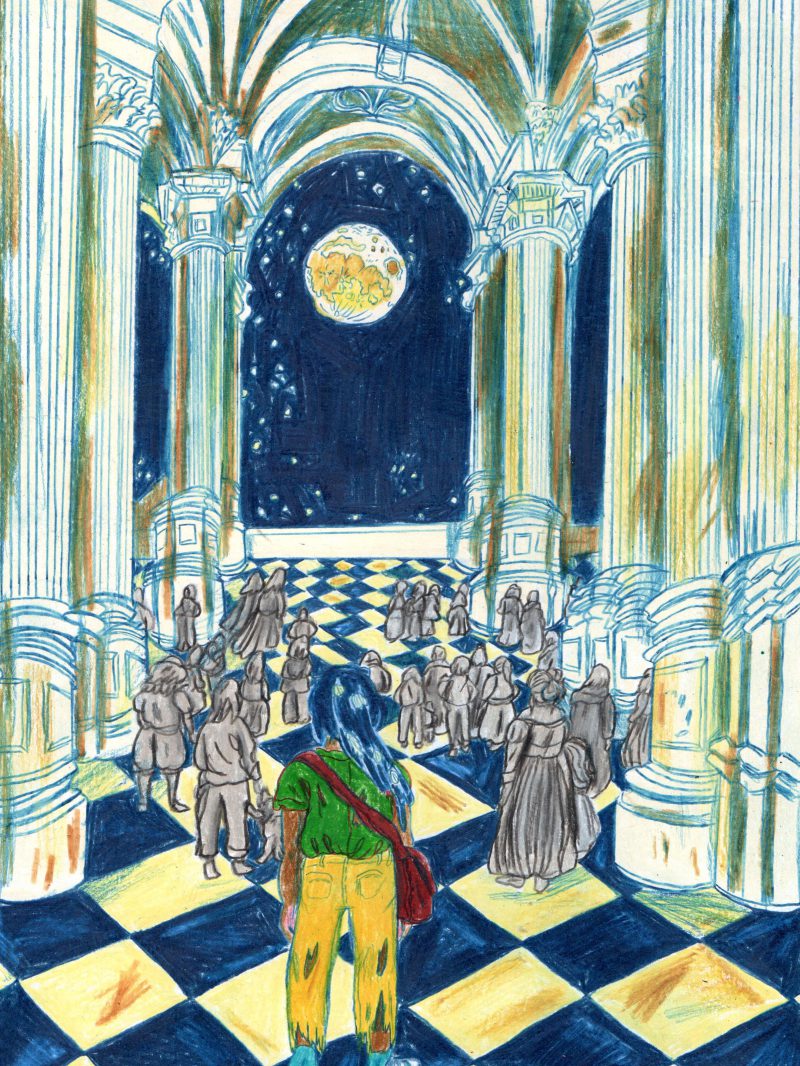 Unlikely meeting points & unlikely collaborations 🌗
Unlikely meeting points & unlikely collaborations 🌗 Sit in the middle of things 🧘♀️🪻
Sit in the middle of things 🧘♀️🪻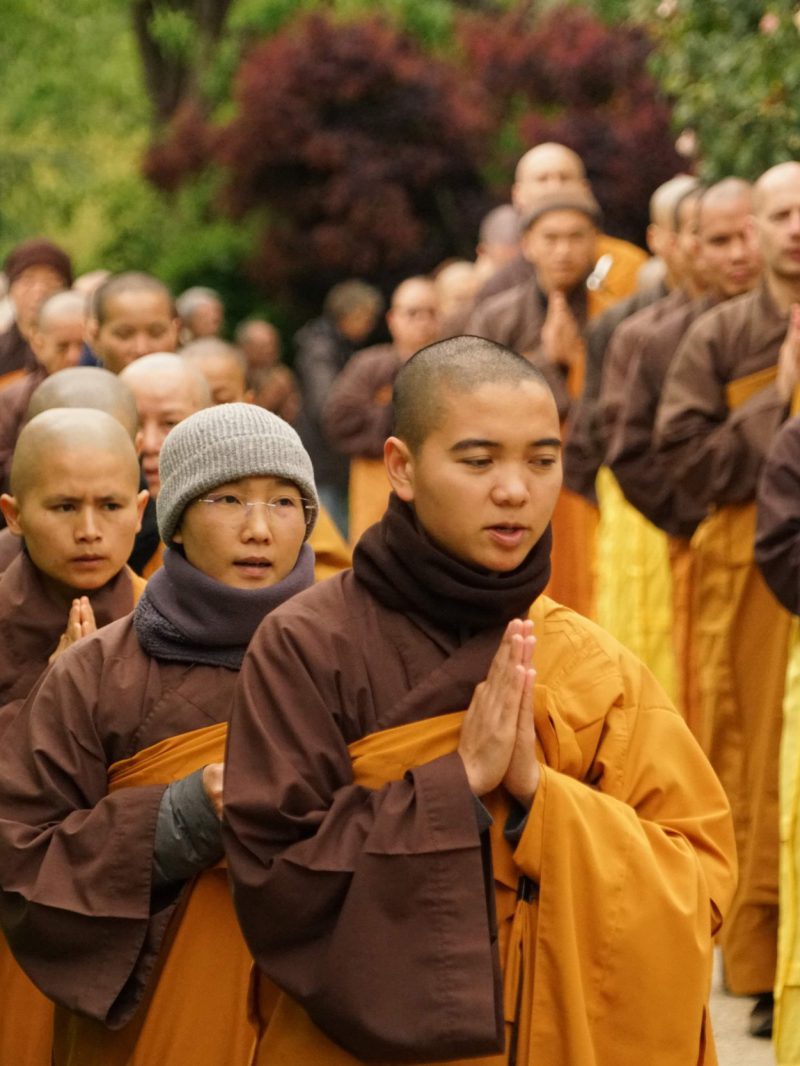 5 things I learned at a Buddhist monastery
5 things I learned at a Buddhist monastery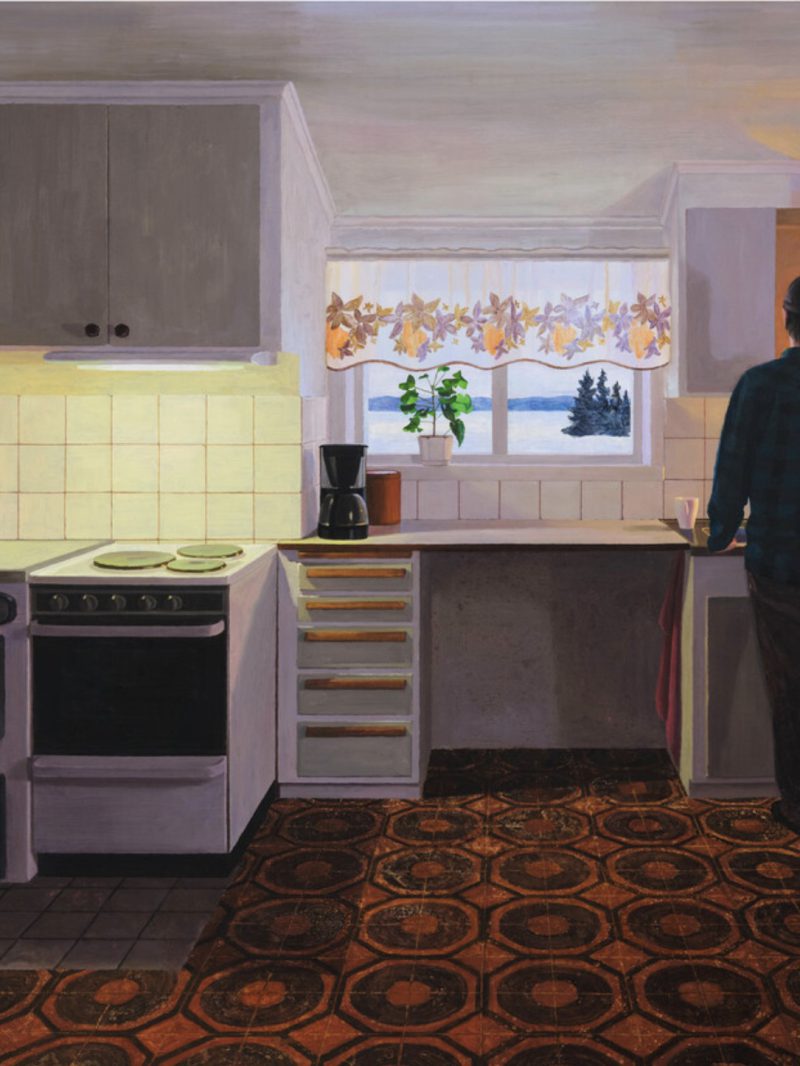 6 good things to do
6 good things to do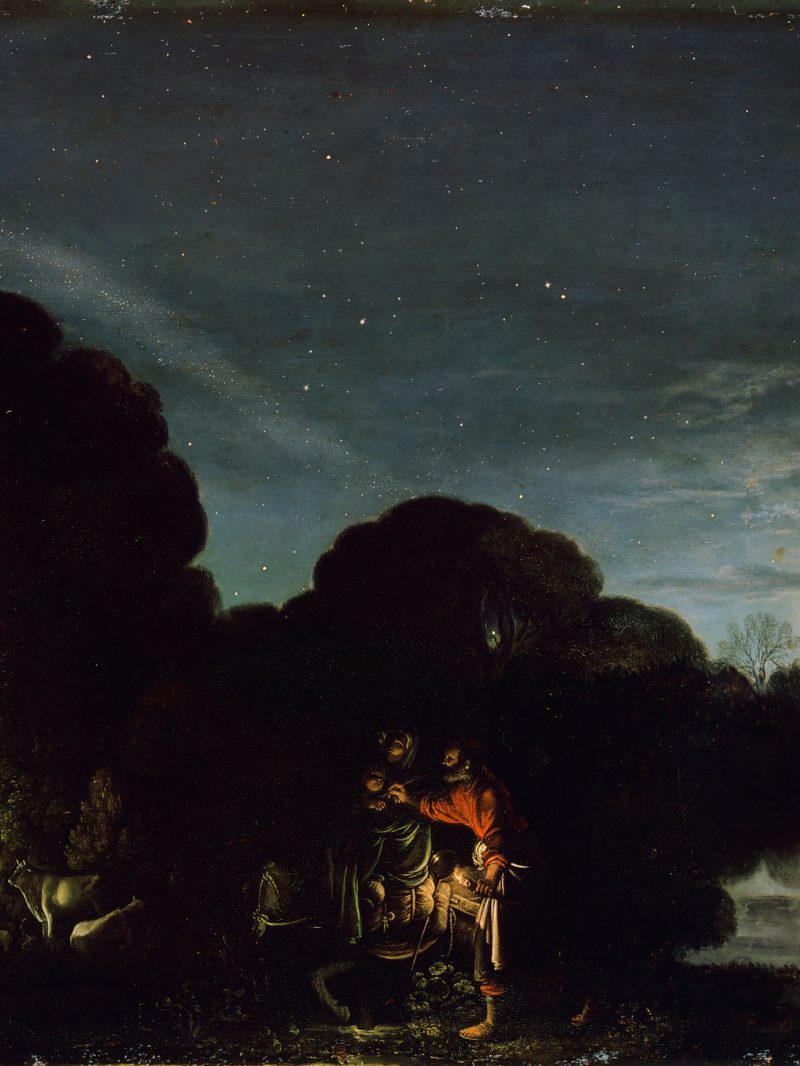 Extraordinary ordinariness: space orbits and sleeping dogs
Extraordinary ordinariness: space orbits and sleeping dogs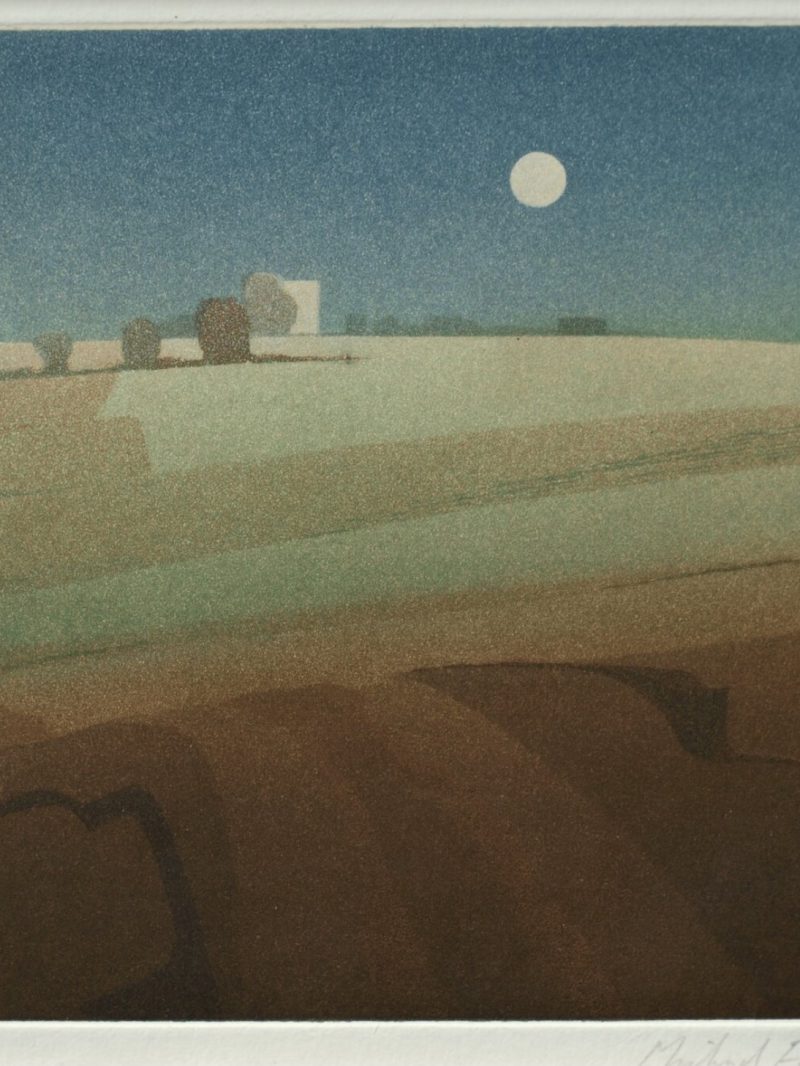 The ebb and flow of things
The ebb and flow of things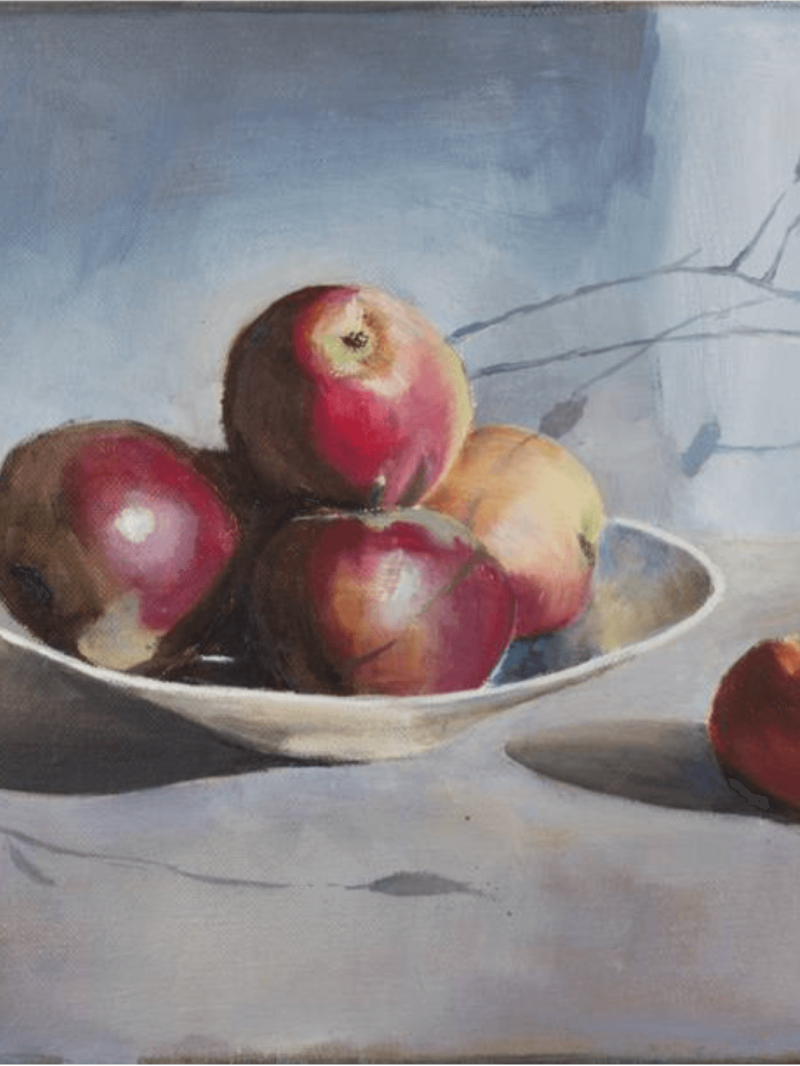 A short breath in the bardo
A short breath in the bardo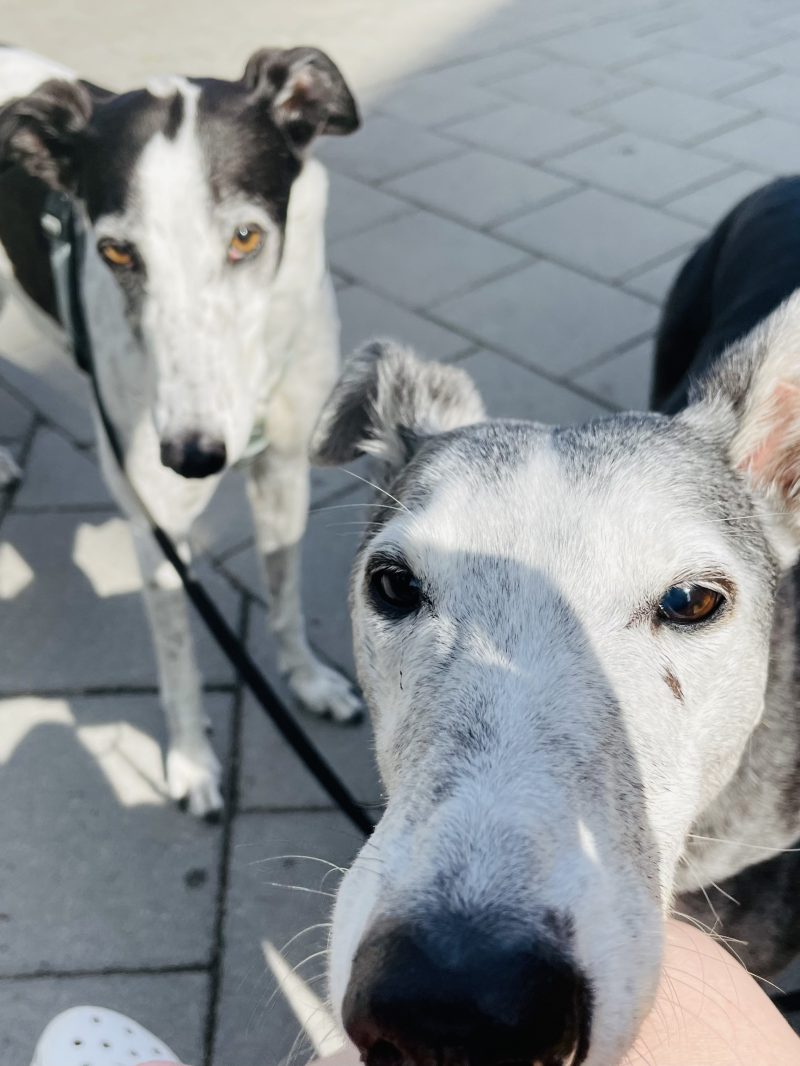 A slender cord of grace
A slender cord of grace Artists reflect on water
Artists reflect on water A love letter to a loaded gun
A love letter to a loaded gun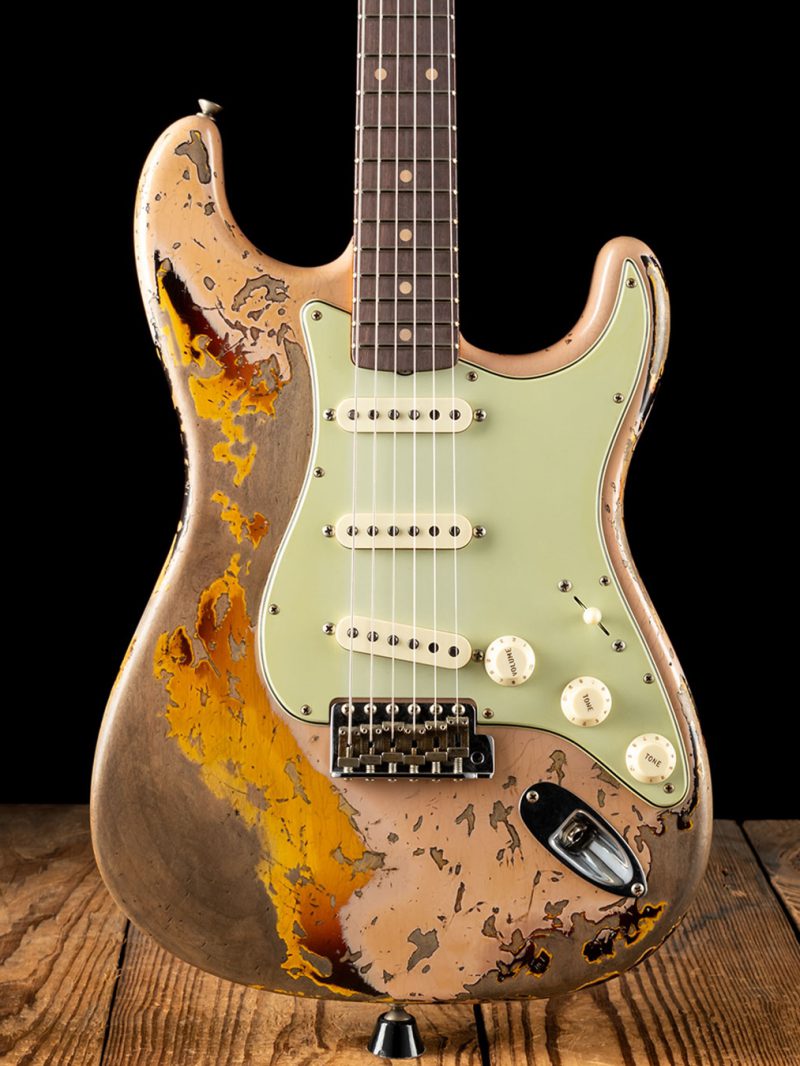 Are you for real?
Are you for real?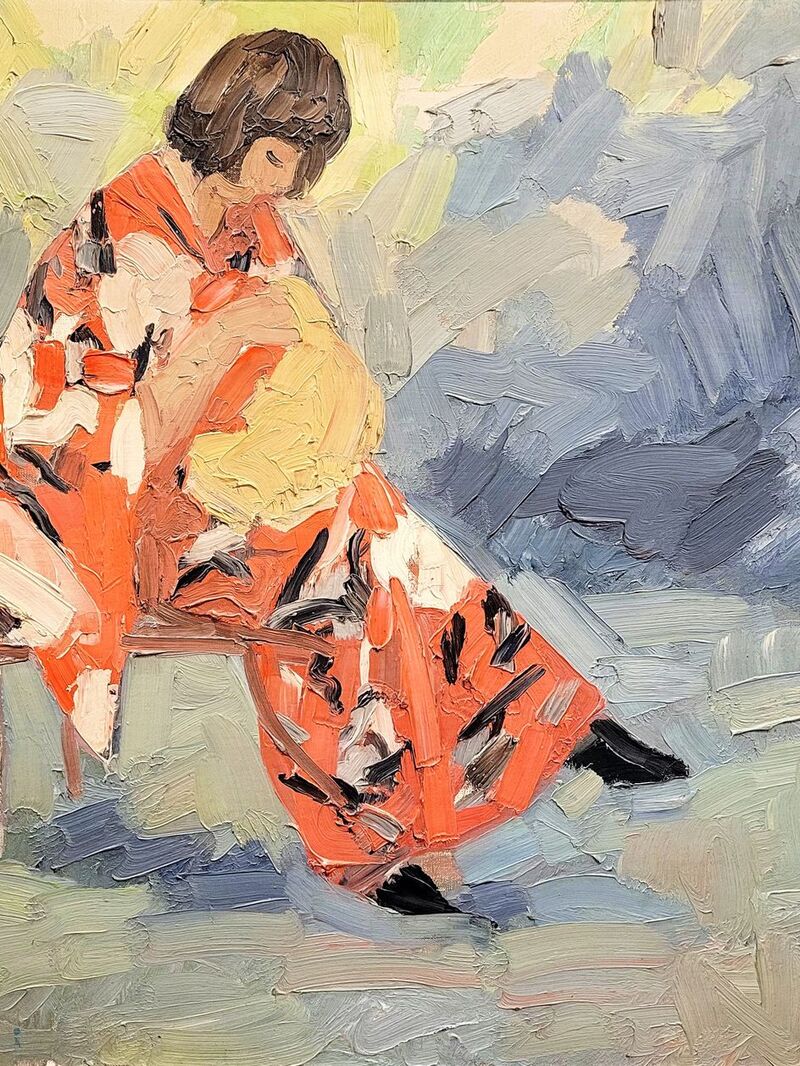 What is a good life?
What is a good life?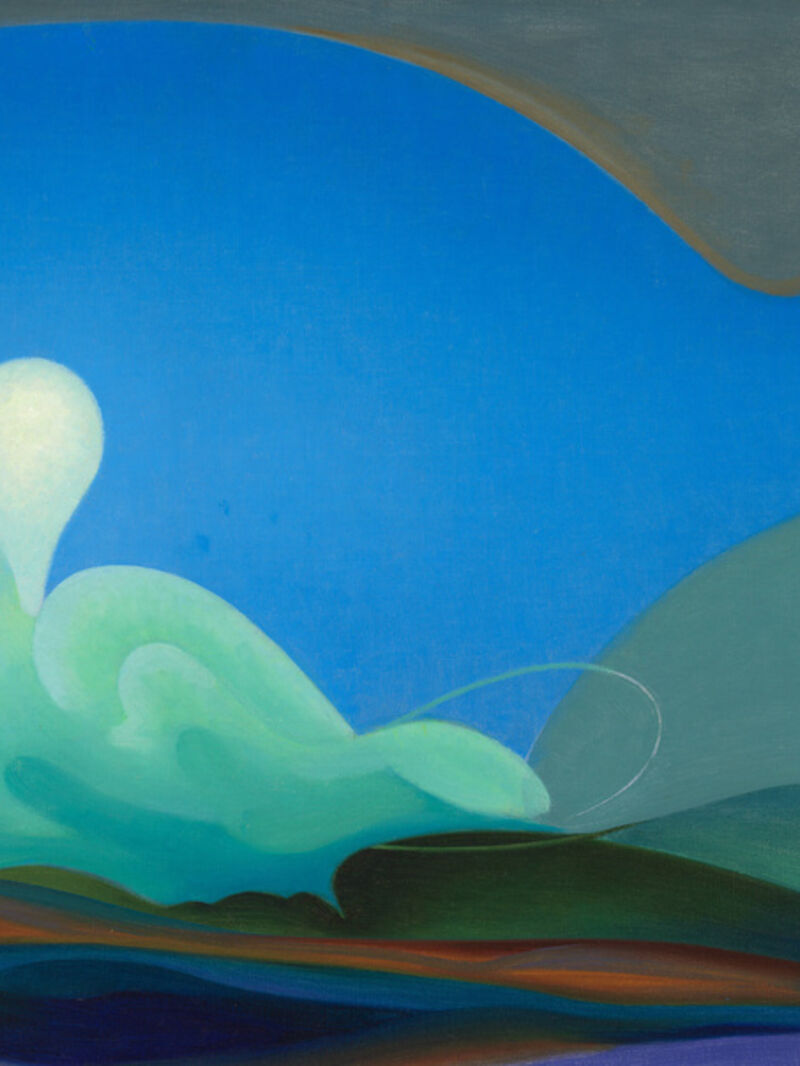 Who decides what you think?
Who decides what you think?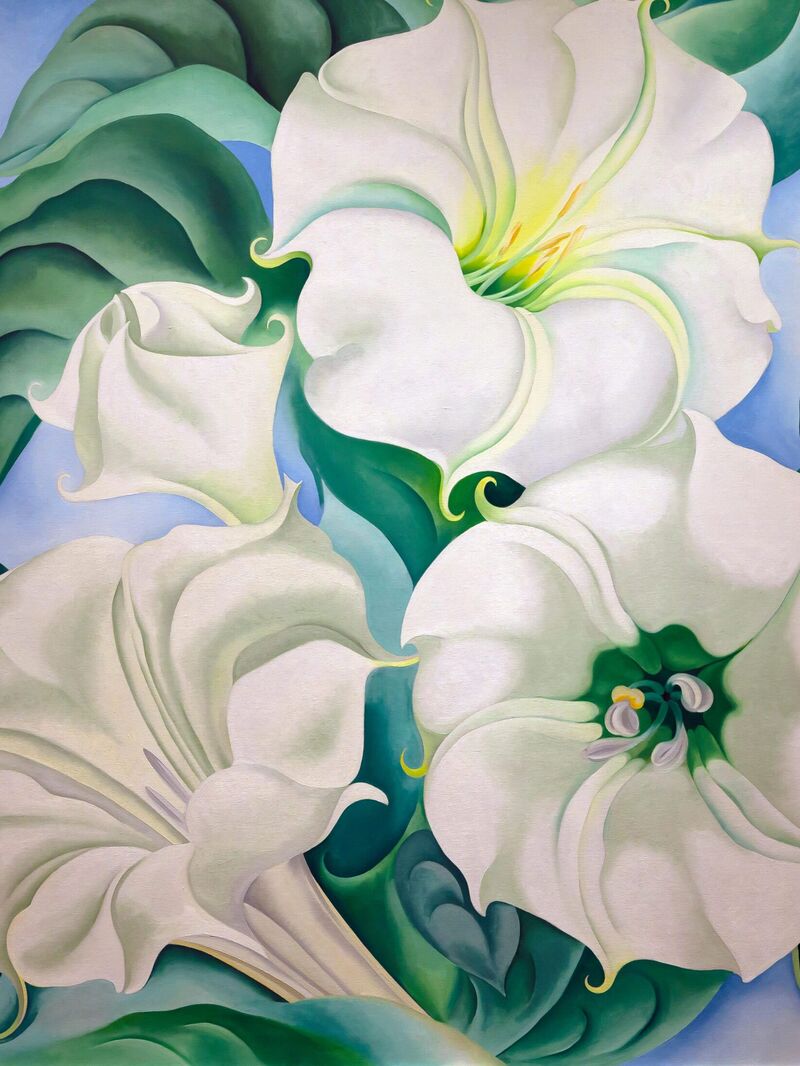 When new year should be according to history...
When new year should be according to history... Does Mozart really make you smarter?
Does Mozart really make you smarter?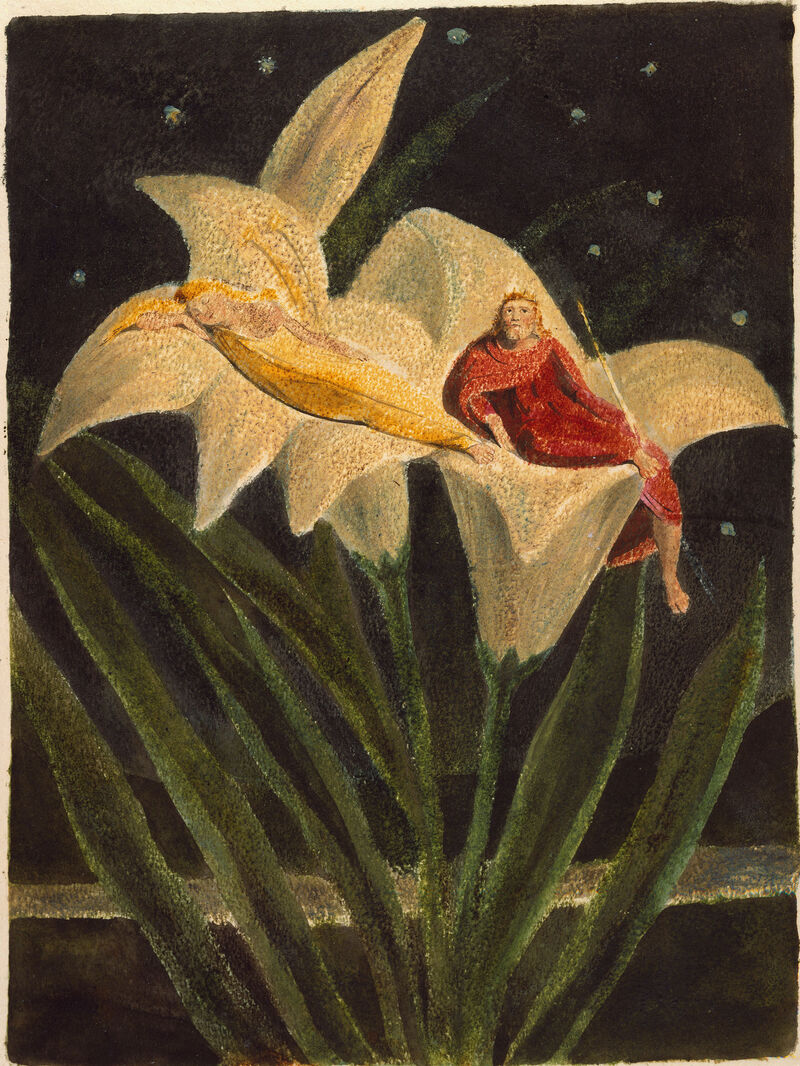 Old stories to find light in dark times
Old stories to find light in dark times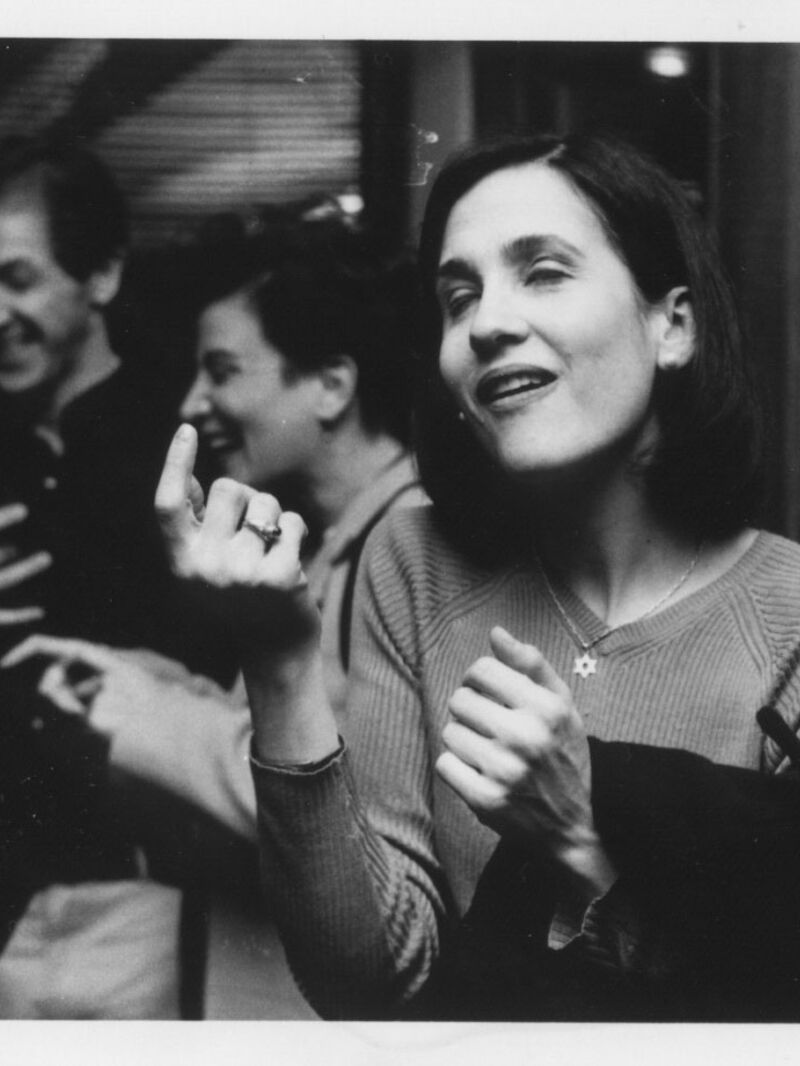 The human need to put things together
The human need to put things together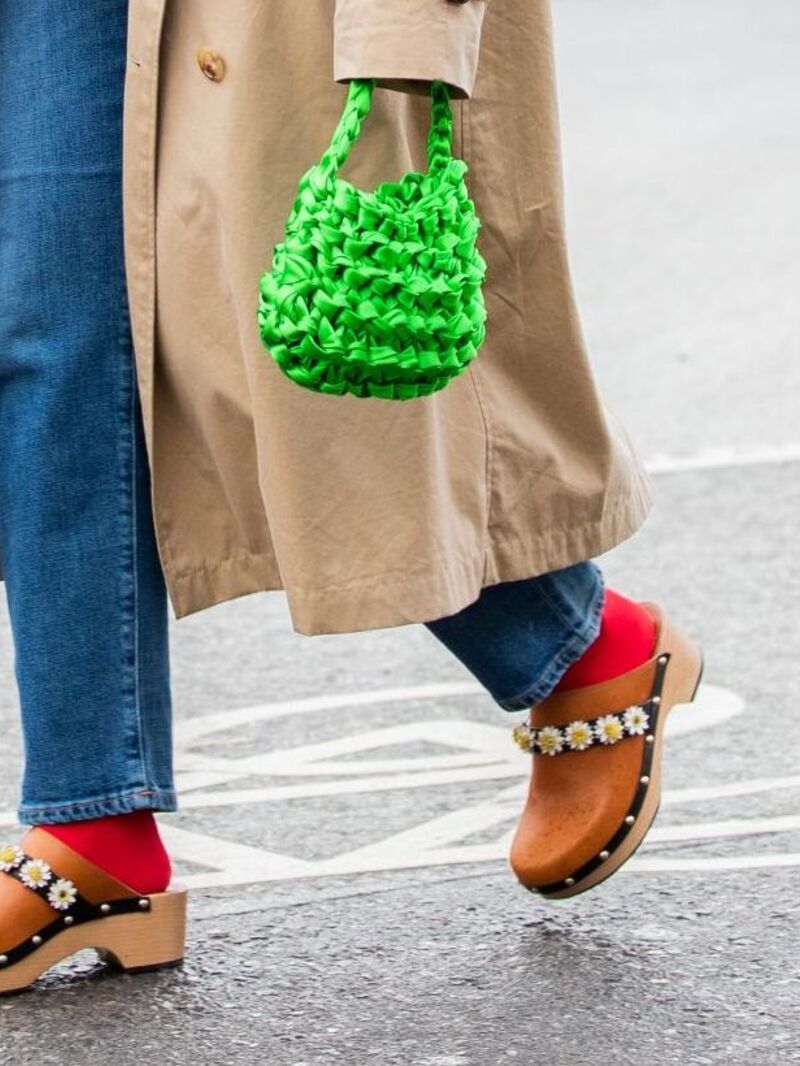 The power of trends: the good, the bad and the pumpkin-spiced.
The power of trends: the good, the bad and the pumpkin-spiced. From terrestrial to celestial – where do we find inspiration?
From terrestrial to celestial – where do we find inspiration?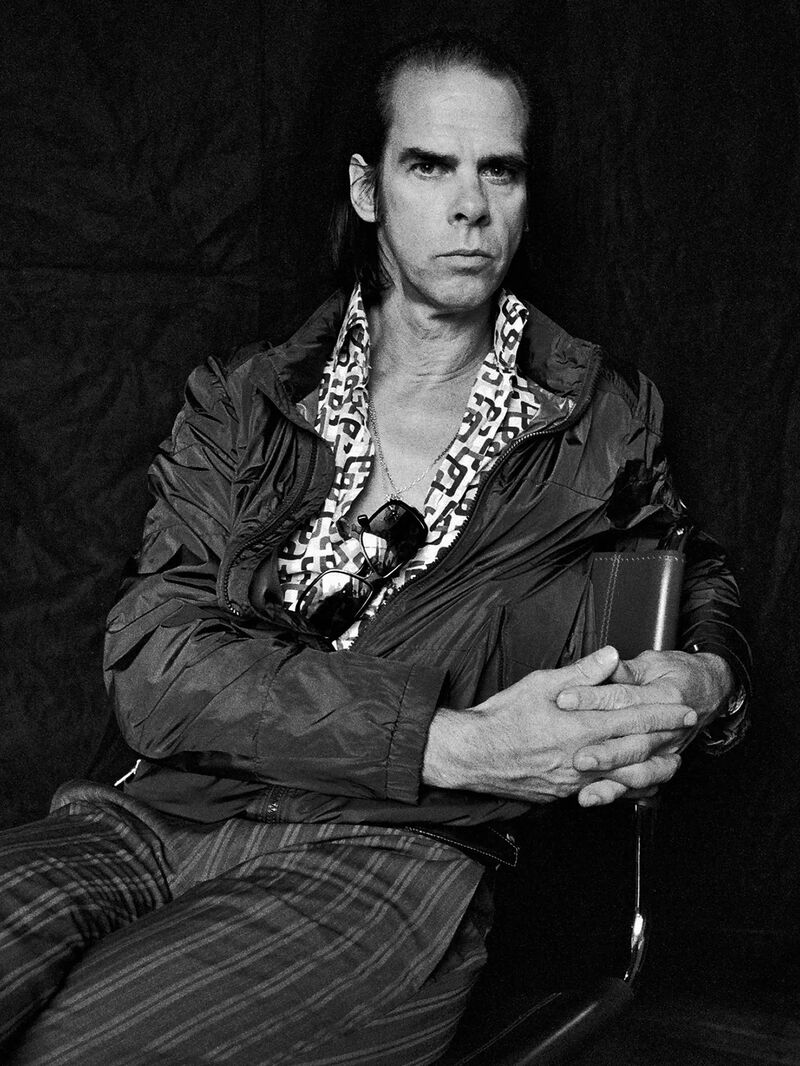 The illusion of ownership
The illusion of ownership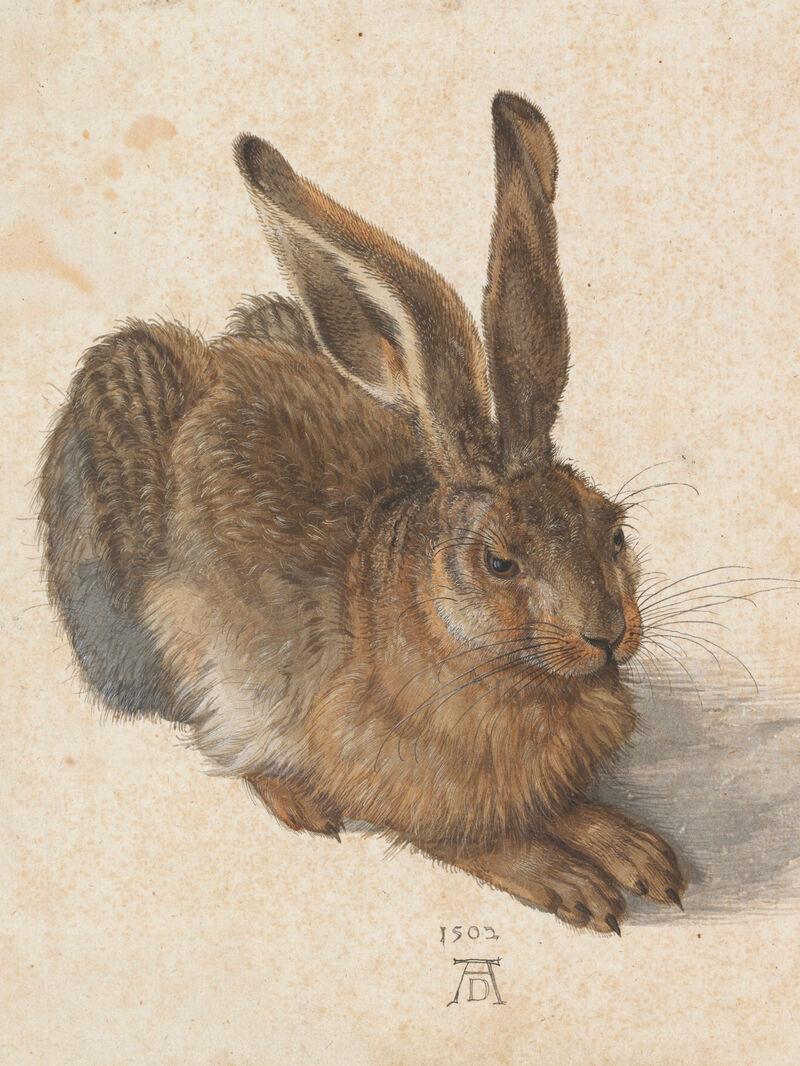 Let’s go down the rabbit hole 🐇
Let’s go down the rabbit hole 🐇 Identity, the artist, and #goblinmode
Identity, the artist, and #goblinmode Punk and her godmothers
Punk and her godmothers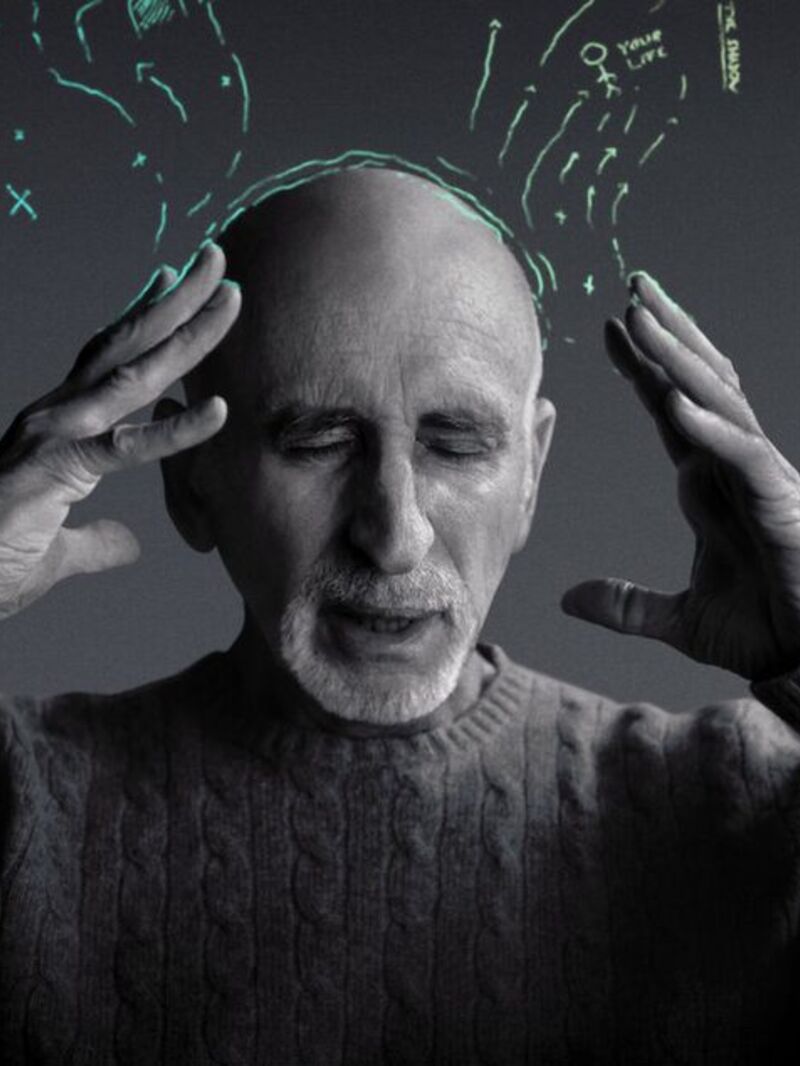 The ultimate journey – homecoming, heroes and wholeness.
The ultimate journey – homecoming, heroes and wholeness. It’s mushroom month...
It’s mushroom month...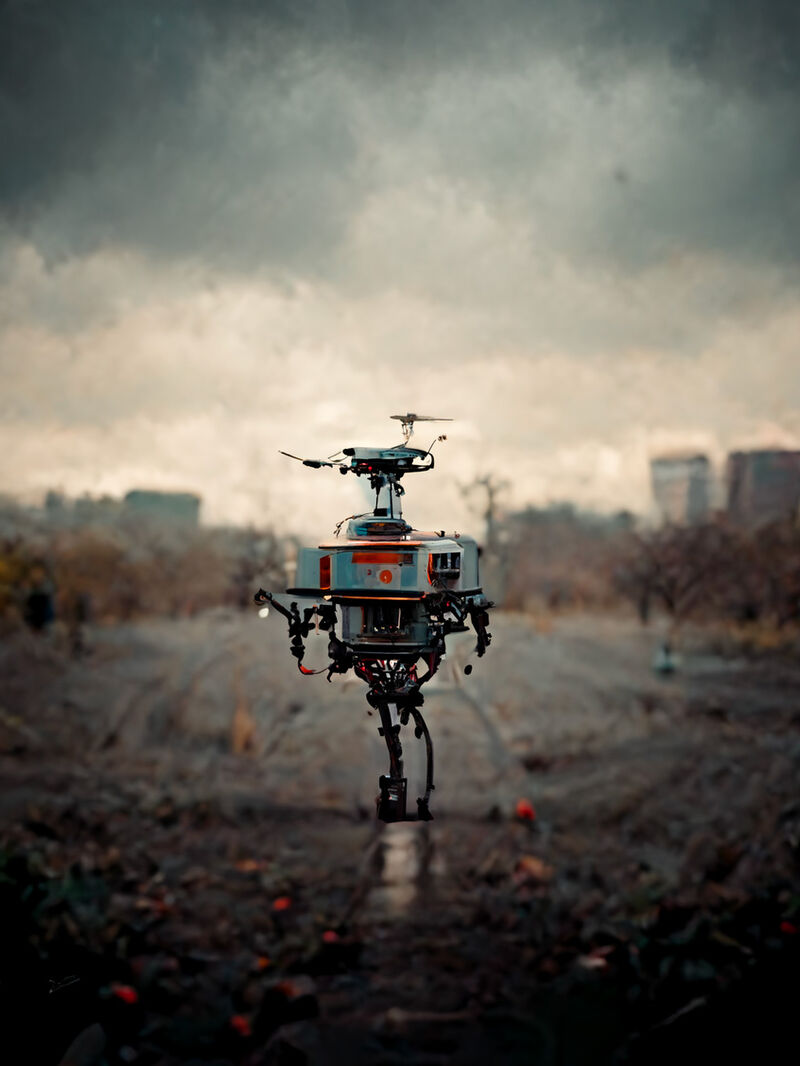 Robots, AI and artistry, oh my!
Robots, AI and artistry, oh my!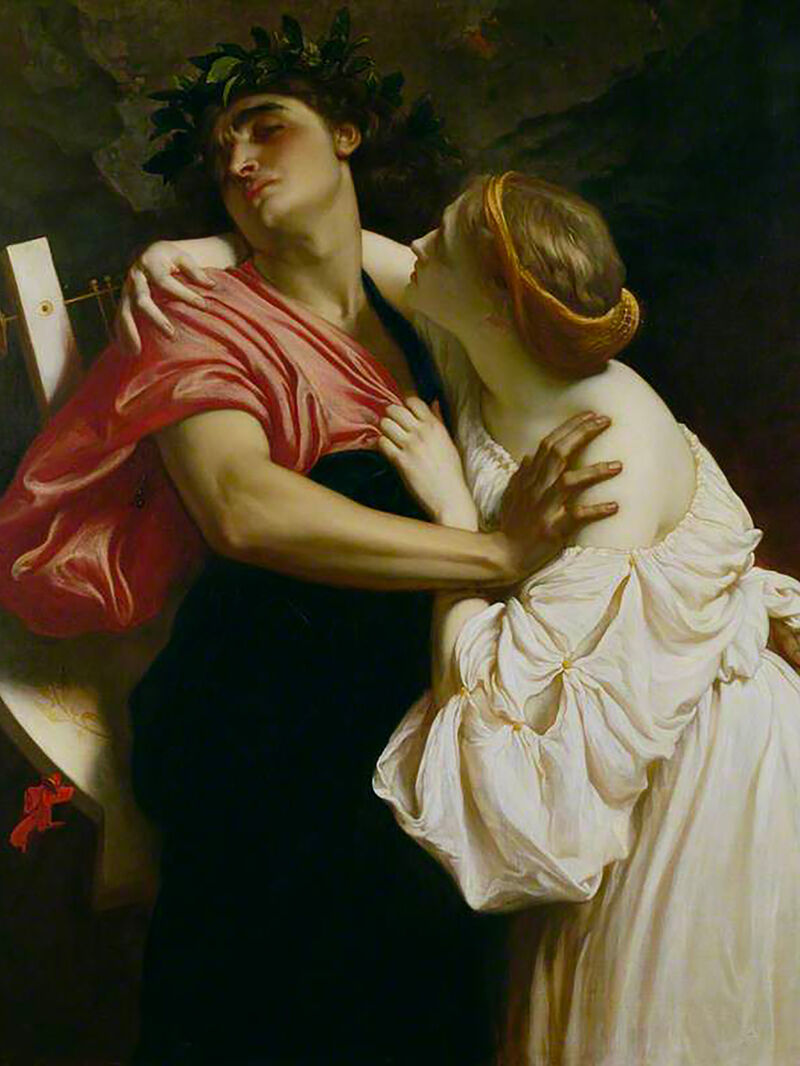 Longevity, love and memory...
Longevity, love and memory...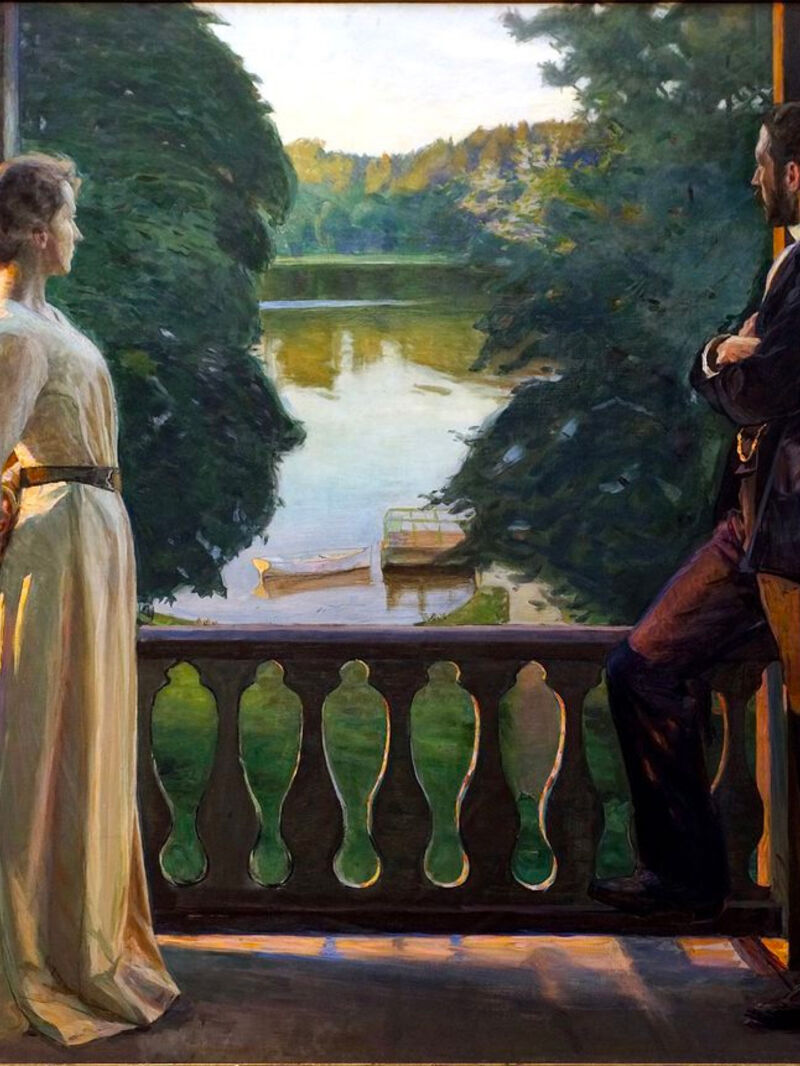 Summer, Freud and a sonnet...
Summer, Freud and a sonnet...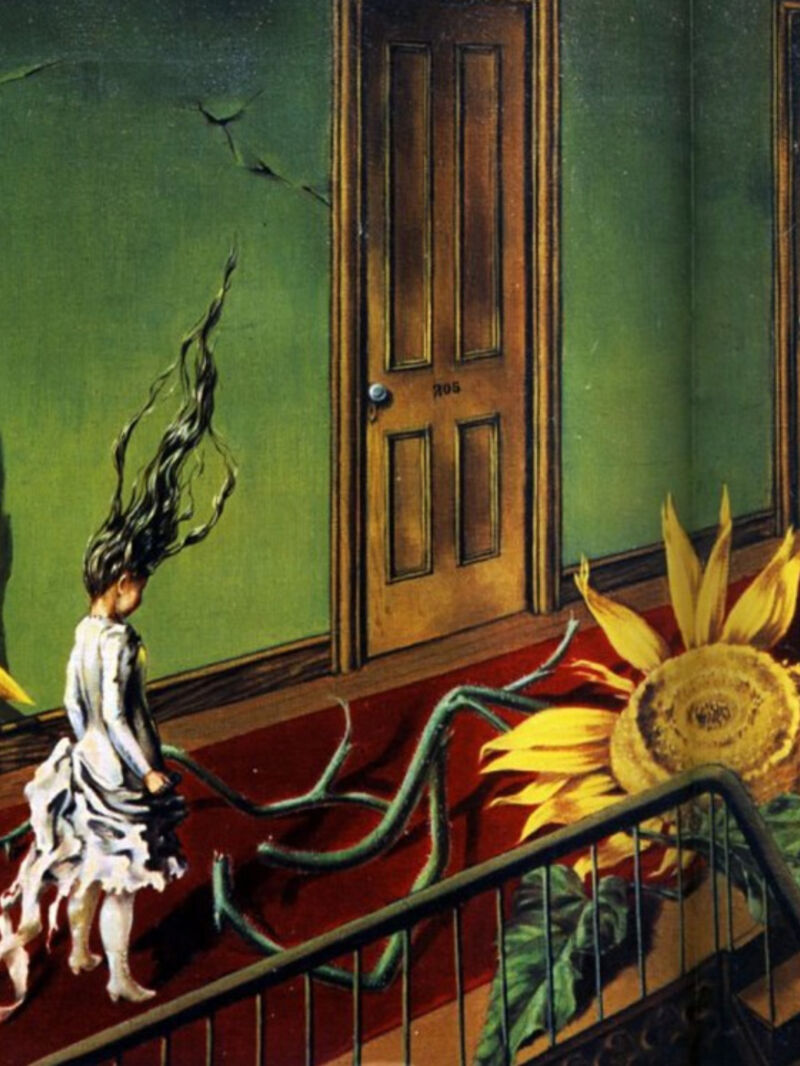 When surreal makes sense – exploring with Dorothea Tanning, Olga Tokaczuk and more...
When surreal makes sense – exploring with Dorothea Tanning, Olga Tokaczuk and more...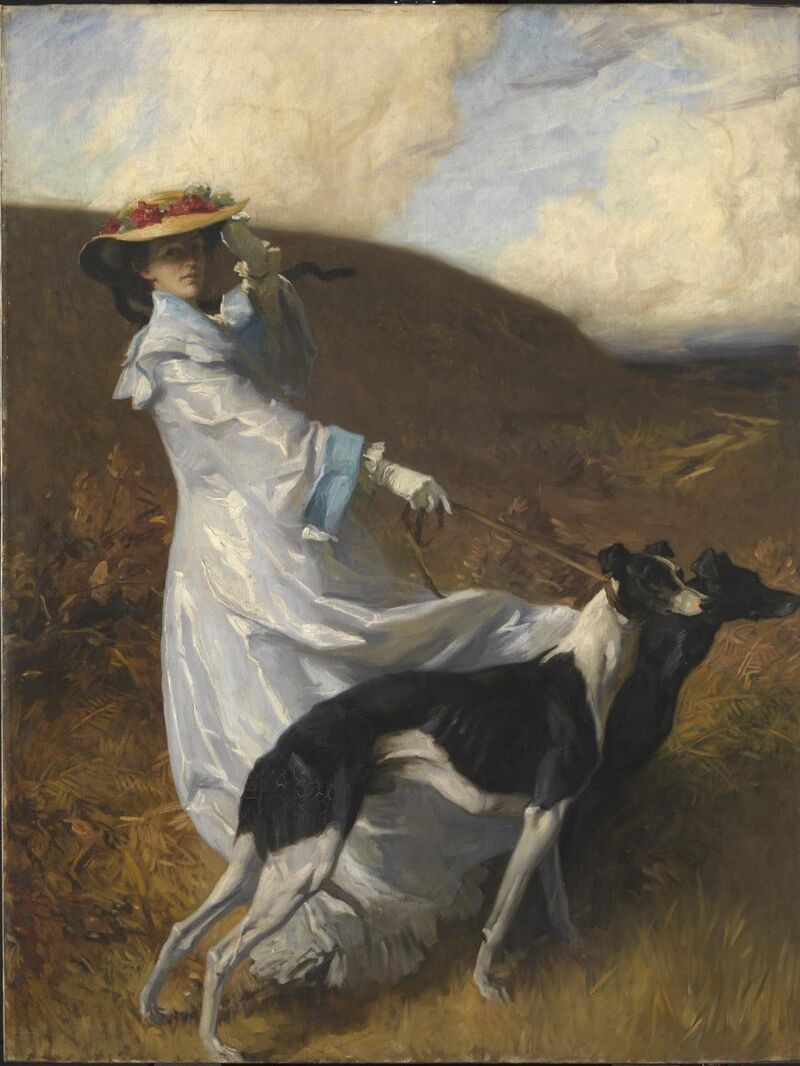 Twists and turns with Mary Oliver, Alan Watts and Astrid Lindgren...
Twists and turns with Mary Oliver, Alan Watts and Astrid Lindgren...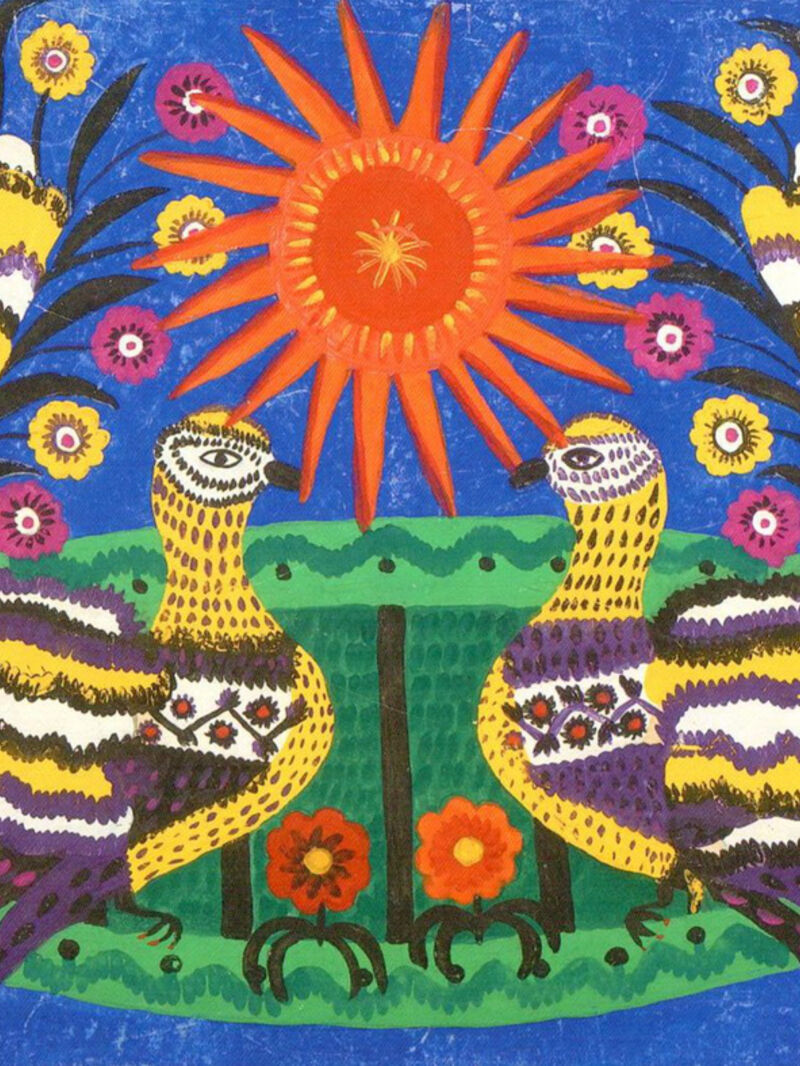 First flowers of spring: the need for beauty and hope at all times
First flowers of spring: the need for beauty and hope at all times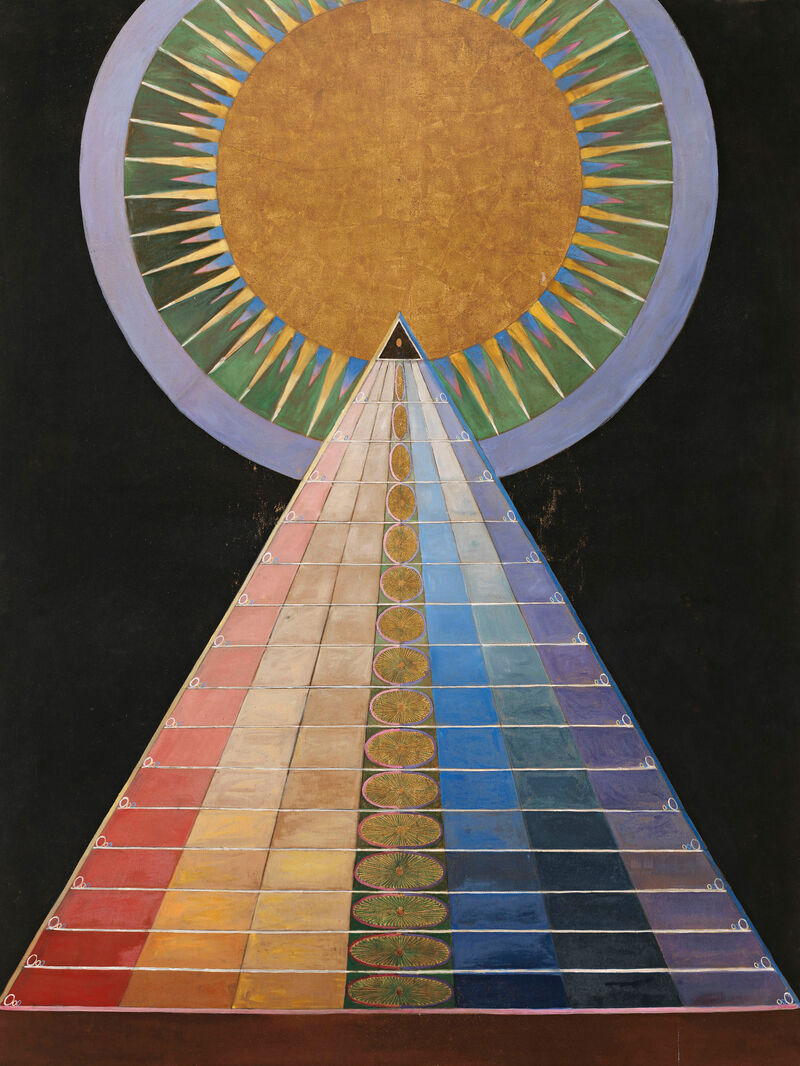 Defining reality, playing with illusion with Robert Frost, Hilma Af Kilnt and more...
Defining reality, playing with illusion with Robert Frost, Hilma Af Kilnt and more...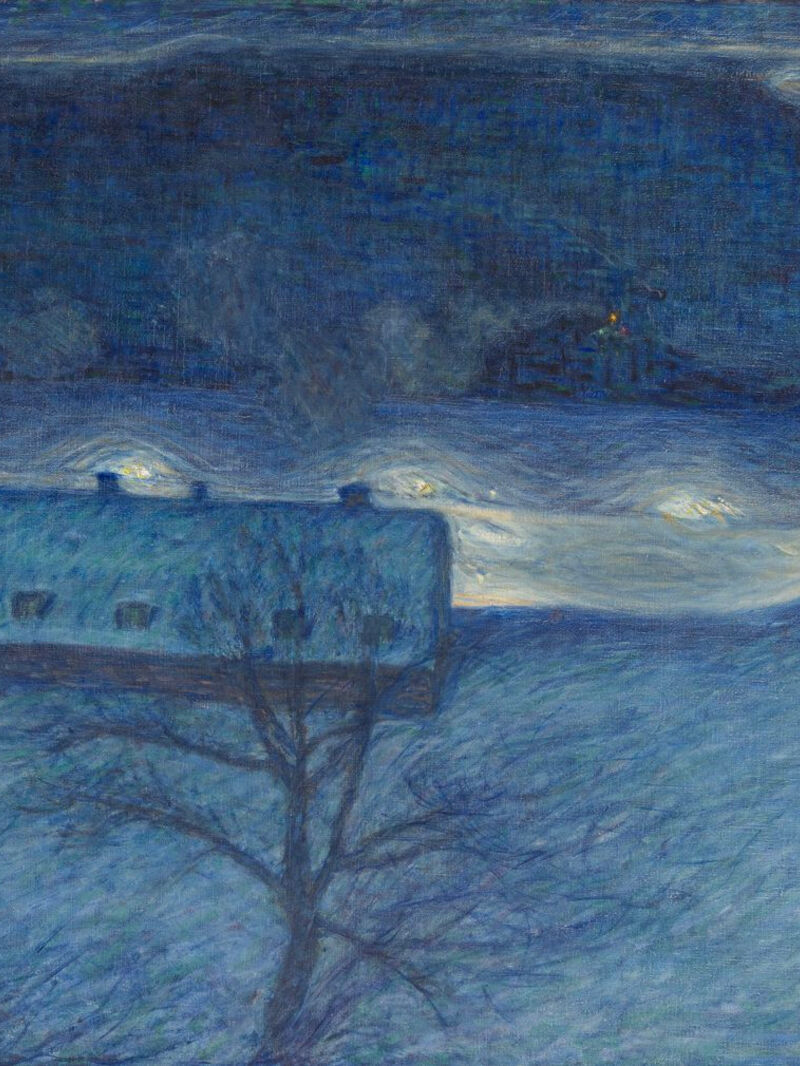 Celebrating the cycles of light and dark with Joan Didion, Danez Smith and more...
Celebrating the cycles of light and dark with Joan Didion, Danez Smith and more...